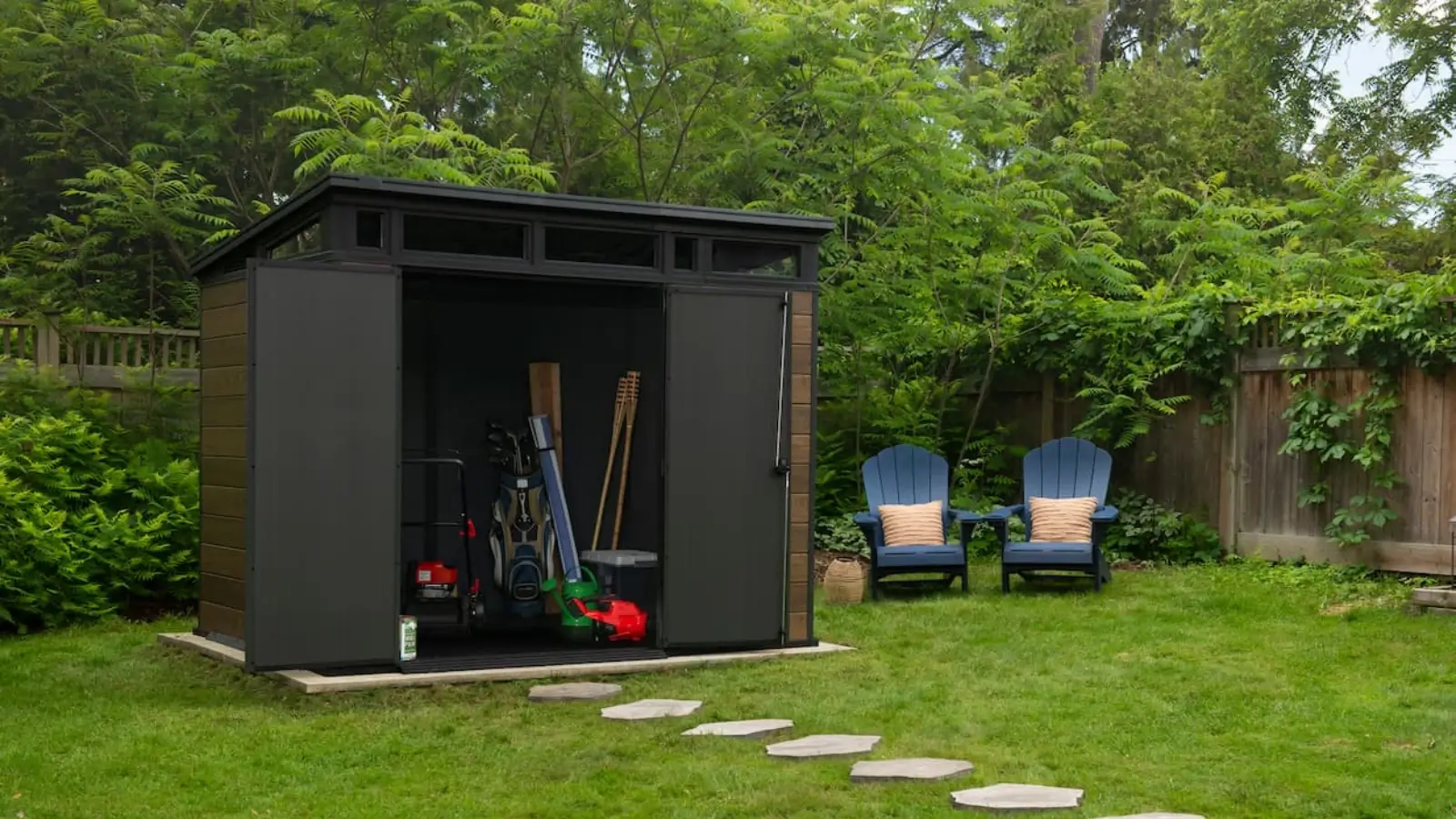


Valuable equipment deserves protection from both Mother Nature's fury and opportunistic thieves. Whether you're storing construction tools, recreational vehicles, or business inventory, safeguarding your investments requires strategic planning and the right protective measures.
The financial impact of equipment loss can be devastating. Beyond replacement costs, you'll face project delays, insurance claims, and potential income loss. Smart protection strategies help minimize these risks while extending your gear's lifespan and maintaining its resale value.
Indoor storage offers the ultimate weather protection, but it's not always feasible for larger equipment. When selecting outdoor storage, prioritize covered areas that shield gear from direct precipitation and UV exposure. For those needing mobile storage solutions, an enclosed trailer for sale Utah residents can explore provides excellent weather protection while maintaining portability.
Waterproof covers represent your first line of defense against moisture damage. Invest in heavy-duty, breathable materials that prevent condensation buildup while blocking rain and snow. Ensure covers fit snugly without creating water collection points that could lead to pooling.
Moisture causes more equipment damage than any other weather factor. Metal components rust, electronics malfunction, and fabrics develop mold when exposed to persistent humidity. Combat these issues by using moisture-absorbing products like silica gel packets or commercial dehumidifiers in enclosed spaces.
Proper ventilation prevents condensation from forming inside storage areas. Even sealed containers benefit from occasional air circulation to prevent stagnant, humid conditions that promote corrosion and decay.
Extreme temperatures affect different materials in various ways. Plastics become brittle in cold conditions, while heat can warp components and degrade rubber seals. Store temperature-sensitive equipment in climate-controlled environments whenever possible.
For equipment that must remain outdoors, position items away from direct sunlight and ensure adequate airflow around stored gear. Reflective covers can help deflect heat during summer months.
Thieves target easily accessible, poorly visible storage locations. Position valuable equipment where it's visible to neighbors or passersby, as natural surveillance deters criminal activity. Well-lit areas further discourage theft attempts, particularly during nighttime hours.
Remove or obscure manufacturer labels and model numbers that advertise your equipment's value. Consider storing high-value items in mixed groups rather than concentrating expensive gear in one obvious location.
Quality locks serve as your primary theft deterrent. Heavy-duty padlocks, chain locks, and specialized equipment locks make quick theft attempts nearly impossible. Layer multiple locking mechanisms to increase the time and tools required for unauthorized access.
Secure smaller items inside locked containers or trailers. Bolt down or chain larger equipment to permanent structures when possible. Even determined thieves often move on when faced with multiple security obstacles.
Maintain detailed records of all equipment, including serial numbers, photographs, and purchase receipts. This documentation proves invaluable for insurance claims and police reports if theft occurs. Some owners engrave contact information on equipment surfaces as an additional recovery aid.
Modern GPS tracking devices offer real-time location monitoring for high-value equipment. While these systems require ongoing subscription costs, they significantly improve recovery chances and can lower insurance premiums.
Standard homeowner's or business insurance policies often provide limited coverage for stored equipment. Review your current coverage and consider additional riders or specialized equipment insurance for high-value items.
Document equipment condition before storage with detailed photographs. This evidence supports insurance claims and helps establish pre-loss valuations. Update documentation annually or whenever making significant equipment acquisitions.
Report theft immediately to local law enforcement and provide detailed equipment descriptions. Share information with local pawn shops, online marketplaces, and equipment dealers who might encounter stolen goods.
Social media and community networks can aid recovery efforts. Post equipment descriptions and photos to local community groups, where neighbors can watch for suspicious activity or equipment sales.
Regular maintenance checks prevent weather-related damage from escalating into major repairs. Inspect stored equipment monthly for signs of moisture intrusion, pest activity, or security breaches.
Clean equipment thoroughly before storage to remove corrosive substances like salt, chemicals, or organic matter. Apply protective coatings to metal surfaces and lubricate moving parts according to manufacturer recommendations.
Start your gear protection plan by cataloging all valuable equipment and assessing current storage conditions. Identify vulnerabilities in your current setup and prioritize improvements based on equipment value and replacement costs.
Develop maintenance schedules that include regular inspections, cleaning, and security checks. Assign specific responsibilities if multiple people access stored equipment, ensuring consistent protection protocols.
Budget for protection improvements gradually rather than attempting comprehensive upgrades all at once. Focus first on weather protection for your most valuable items, then expand security measures as resources allow.
Your equipment represents significant financial investment and operational capability. By implementing comprehensive weather protection and theft prevention strategies, you'll preserve that investment while ensuring your gear remains ready when you need it most. Start with basic protective measures and gradually build a robust system that matches your specific storage needs and security concerns.